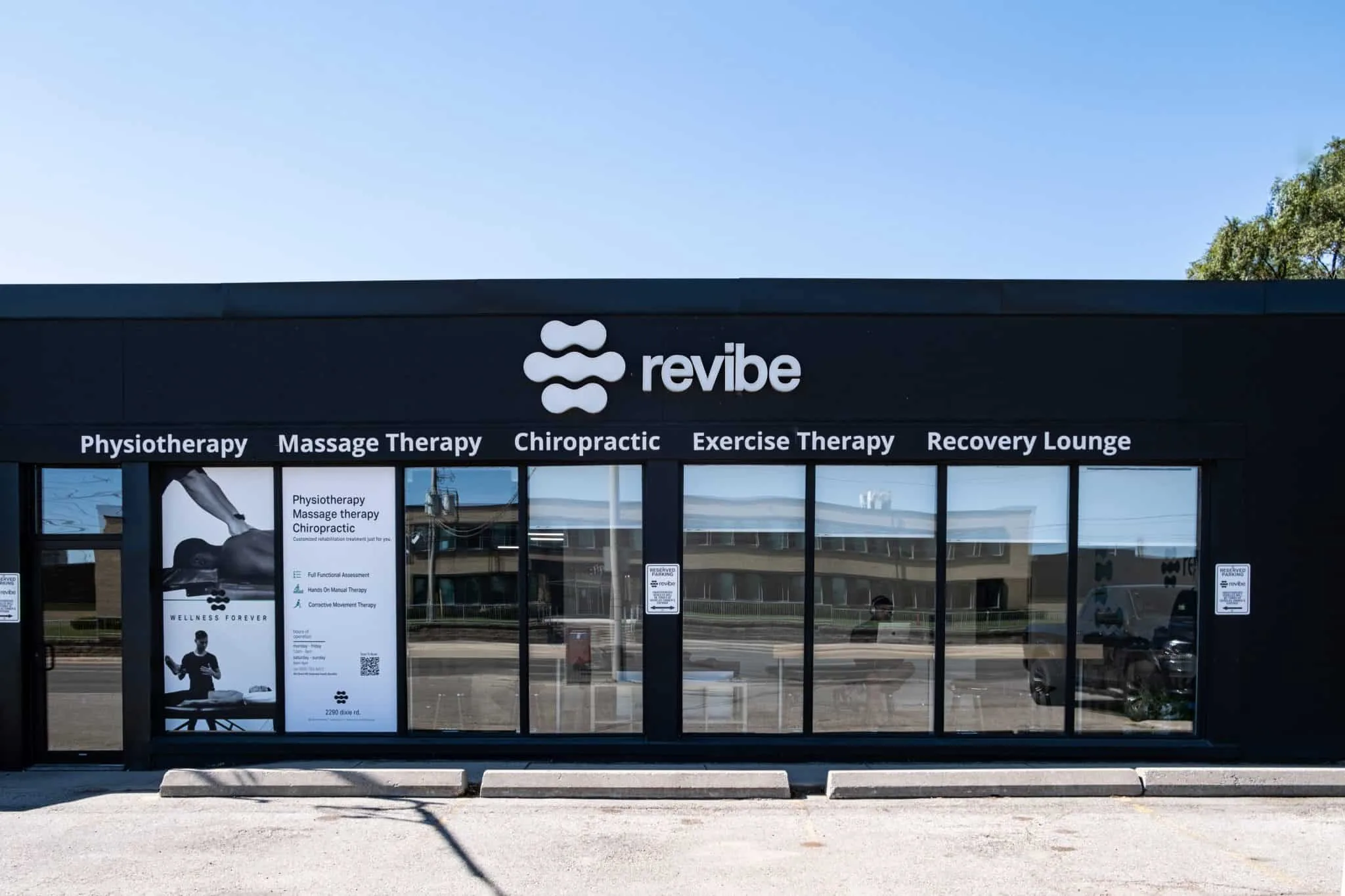
Pelvic Physiotherapy For New Moms: Why It’s Essential Postpartum
WELCOMING A NEW BABY IS A JOYOUS JOURNEY, BUT IT OFTEN COMES WITH UNEXPECTED CHALLENGES FOR NEW MOMS. AMIDST SLEEPLESS NIGHTS AND LEARNING THE ROPES OF MOTHERHOOD, YOUR BODY MAY BE QUIETLY CALLING OUT FOR ATTENTION, PARTICULARLY YOUR PELVIC FLOOR. PELVIC PHYSIOTHERAPY POSTPARTUM IS MORE THAN A BUZZWORD; IT’S AN ESSENTIAL STEP TOWARD COMPLETE RECOVERY AFTER CHILDBIRTH.
THE PELVIC FLOOR: YOUR BODY’S UNSUNG HERO
THE PELVIC FLOOR IS A GROUP OF MUSCLES THAT ACT AS A SUPPORTIVE HAMMOCK FOR YOUR BLADDER, UTERUS, AND RECTUM. DURING PREGNANCY AND CHILDBIRTH, THESE MUSCLES UNDERGO IMMENSE STRAIN. WHETHER YOU’VE HAD A VAGINAL DELIVERY OR A C-SECTION, YOUR PELVIC FLOOR DOESN’T ESCAPE THE IMPACT. THIS IS WHERE POSTPARTUM PELVIC THERAPY STEPS IN TO HELP.
WHY NEW MOMS NEED PELVIC PHYSIOTHERAPY
CHILDBIRTH IS TRANSFORMATIVE, BUT IT CAN ALSO BRING COMPLICATIONS LIKE URINARY INCONTINENCE, PELVIC PAIN, OR EVEN A PROLAPSE. MANY MOMS DISMISS THESE ISSUES AS “NORMAL,” BUT THEY DON’T HAVE TO BE. PELVIC FLOOR THERAPY FOR NEW MOMS FOCUSES ON REPAIRING AND STRENGTHENING THESE MUSCLES, RESTORING THEIR FUNCTION, AND IMPROVING YOUR QUALITY OF LIFE.
A FEW REASONS WHY NEW MOMS NEED PELVIC PHYSIOTHERAPY INCLUDE:
REDUCING INCONTINENCE
: LEAKING URINE WHEN YOU SNEEZE, LAUGH, OR EXERCISE CAN BE ADDRESSED WITH TARGETED THERAPY.
RELIEVING PAIN
: POSTPARTUM PELVIC PAIN ISN’T JUST UNCOMFORTABLE—IT CAN INTERFERE WITH YOUR DAILY ACTIVITIES. THERAPY OFFERS RELIEF.
PROMOTING HEALING
: GENTLE TECHNIQUES AND EXERCISES HELP IN HEALING THE PELVIC FLOOR POSTPARTUM, ENSURING LONG-TERM RECOVERY.
HOW PELVIC FLOOR THERAPY HELPS POSTPARTUM RECOVERY
PELVIC PHYSIOTHERAPISTS ARE TRAINED PROFESSIONALS WHO UNDERSTAND THE UNIQUE CHALLENGES OF POSTPARTUM RECOVERY. THEY CREATE PERSONALIZED PLANS BASED ON YOUR SYMPTOMS AND PHYSICAL CONDITION, INCORPORATING TECHNIQUES LIKE MANUAL THERAPY, BIOFEEDBACK, AND TAILORED POSTPARTUM RECOVERY EXERCISES.
THESE THERAPIES FOCUS ON THE PELVIC FLOOR, BUT THEY ALSO ADDRESS ABDOMINAL MUSCLE SEPARATION (DIASTASIS RECTI) AND IMPROVE POSTURE, WHICH ARE EQUALLY IMPORTANT FOR STRENGTHENING PELVIC MUSCLES AFTER DELIVERY.
POSTPARTUM RECOVERY EXERCISES: A GENTLE BEGINNING
IF YOU’RE WONDERING HOW TO START YOUR POSTPARTUM RECOVERY JOURNEY, HERE ARE A FEW BEGINNER-FRIENDLY EXERCISES:
KEGELS
: THESE EXERCISES TARGET THE PELVIC FLOOR DIRECTLY, HELPING YOU REGAIN MUSCLE CONTROL AND STRENGTH.
DIAPHRAGMATIC BREATHING
: DEEP BREATHING HELPS RELAX AND GENTLY ACTIVATE YOUR PELVIC FLOOR AND CORE MUSCLES.
PELVIC TILTS
: A SIMPLE YET EFFECTIVE MOVEMENT TO IMPROVE MOBILITY AND REDUCE LOWER BACK PAIN.
REMEMBER, THESE EXERCISES ARE A GREAT STARTING POINT, BUT CONSULTING A PELVIC PHYSIOTHERAPIST ENSURES A SAFE AND EFFECTIVE RECOVERY PLAN TAILORED TO YOUR NEEDS.
HEALING BEYOND THE PHYSICAL
THE POSTPARTUM PERIOD IS NOT JUST ABOUT PHYSICAL RECOVERY. ADJUSTING TO LIFE AS A NEW MOM CAN FEEL OVERWHELMING, AND UNTREATED PELVIC FLOOR ISSUES MAY ADD TO THAT STRESS. ADDRESSING THESE CONCERNS THROUGH POSTPARTUM PELVIC THERAPY PROVIDES MORE THAN JUST PHYSICAL HEALING—IT HELPS YOU REGAIN CONFIDENCE AND FEEL MORE IN TUNE WITH YOUR BODY.
TAKE A STEP TOWARD SELF-CARE
MOTHERHOOD OFTEN MEANS PRIORITIZING YOUR BABY, BUT DON’T FORGET THAT YOUR WELL-BEING IS JUST AS IMPORTANT. SEEKING PELVIC PHYSIOTHERAPY POSTPARTUM ISN’T INDULGENT; IT’S NECESSARY SELF-CARE. STRONGER PELVIC MUSCLES, REDUCED PAIN, AND BETTER BLADDER CONTROL ARE JUST A FEW BENEFITS OF THIS TRANSFORMATIVE THERAPY.
TAKING THE TIME TO HEAL AND STRENGTHEN YOUR BODY NOW ENSURES YOU’RE BETTER EQUIPPED TO EMBRACE THE DEMANDS OF MOTHERHOOD WITH EASE AND JOY.
LET’S NORMALIZE TALKING ABOUT POSTPARTUM RECOVERY AND MAKE PELVIC FLOOR THERAPY FOR NEW MOMS A PART OF EVERY BIRTH PLAN. AFTER ALL, A STRONGER MOM MAKES FOR A HAPPIER HOME.





